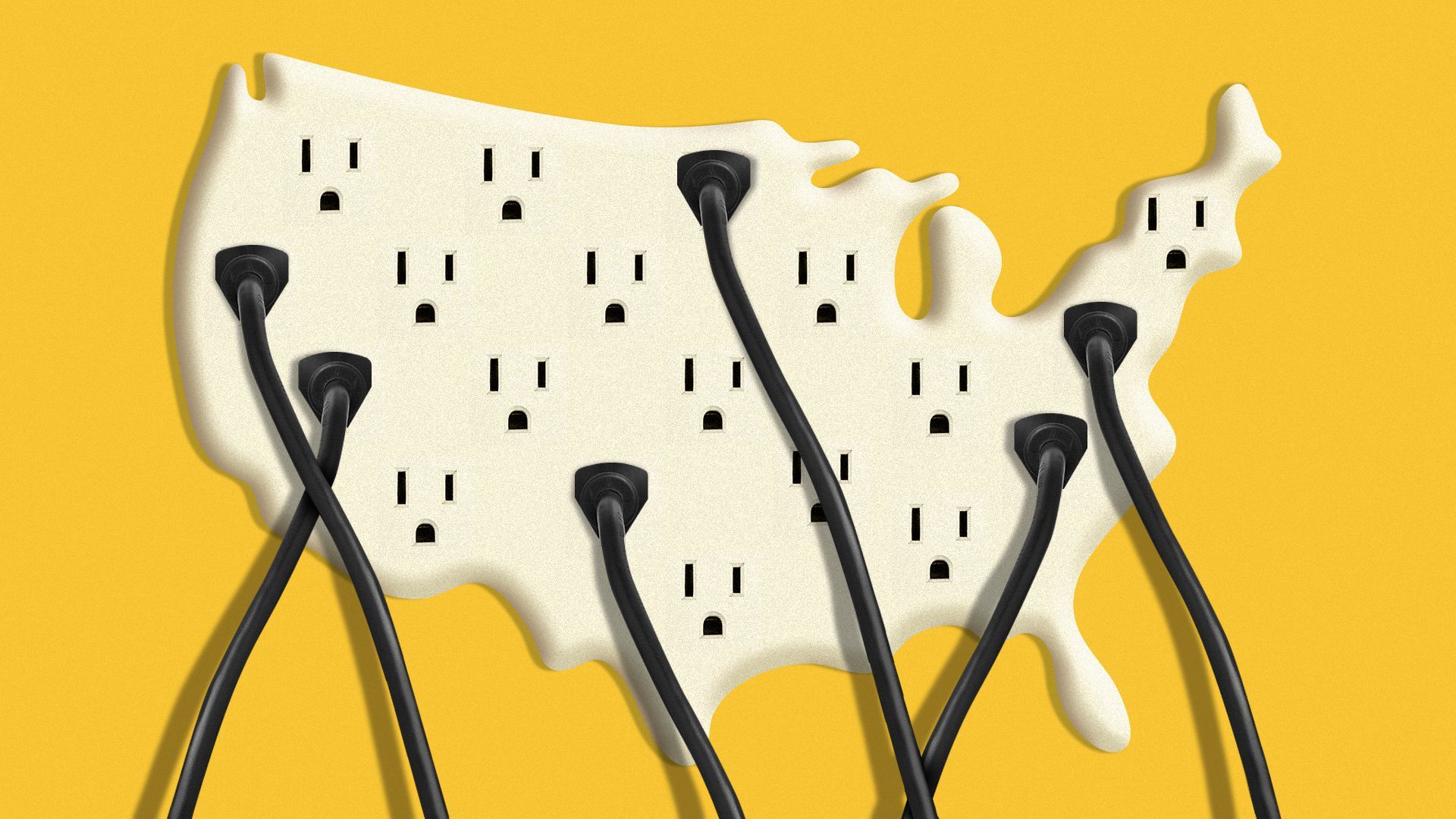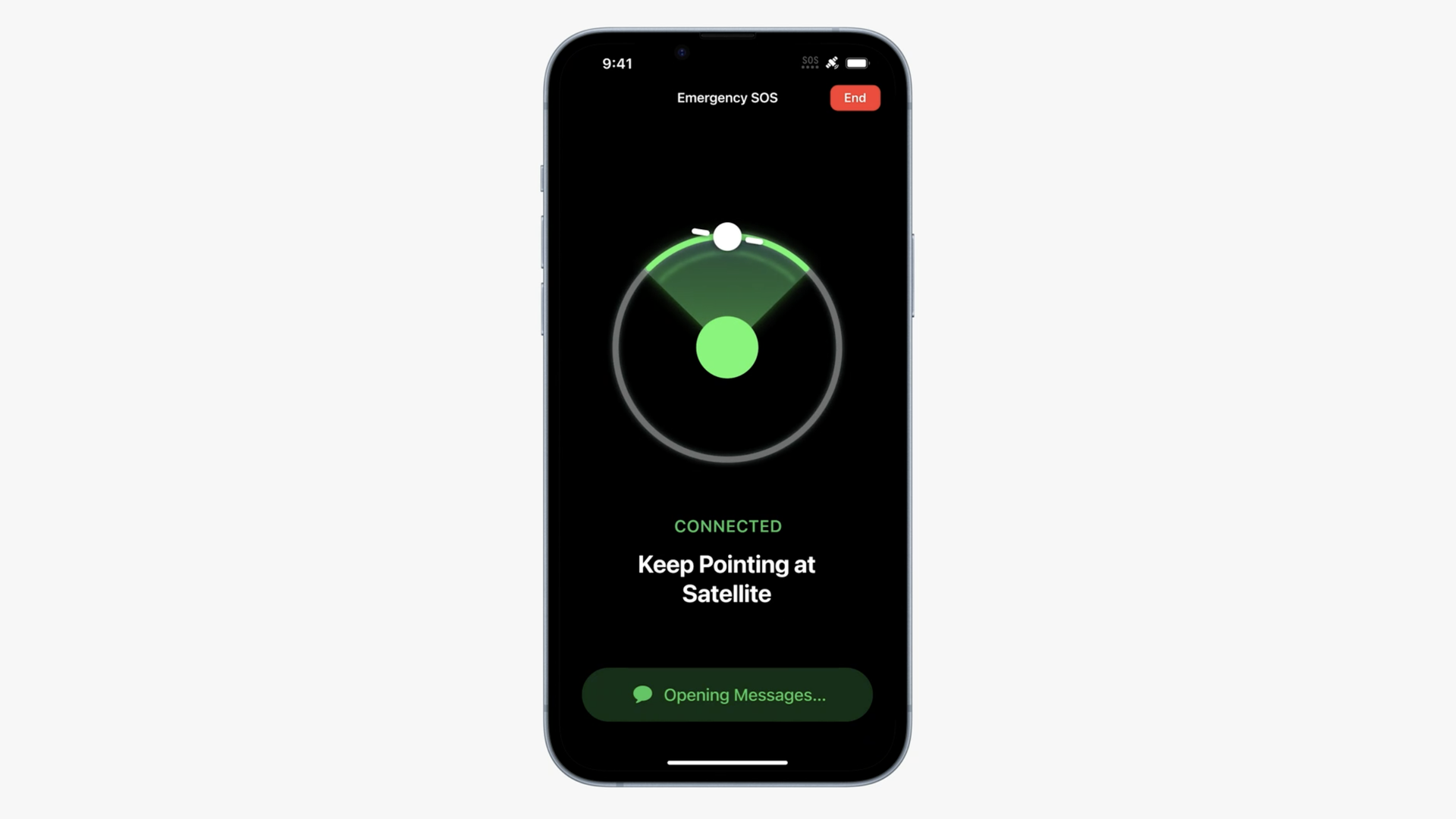| With California's electric system nearly maxed out during the state's worst-ever September heat wave, officials are asking residents to avoid using major appliances — or charging their electric vehicles — during peak demand to avoid rolling blackouts, Joann Muller reports. Reality check: EVs aren't what's straining the grid. California had roughly 680,000 registered EVs as of July 1, per S&P Global Mobility, accounting for less than 1% of the state's total electricity demand. - Even if there are 5 million EVs by 2030, they'll account for about 7% of annual electricity usage and 1% of peak demand, according to the California Air Resources Board.
Why it matters: As more cars plug in, EVs could actually make the grid more resilient by supplying electricity back to the network when it's needed most. Driving the news: This week's heat wave is testing the limits of California's power grid. - The California ISO, which operates the state's grid, has implemented daily Flex Alerts, urging people to conserve electricity during peak use periods, between about 4 and 9 p.m. local time.
The big question: How can the grid support even more EVs? - There is plenty of spare capacity in the nation's electric grid to power hundreds of millions of EVs, multiple studies have found — as long as charging is properly managed.
- Most EVs charge overnight when people are sleeping and electricity demand is low.
- Even if they're plugged in all day, owners can schedule when they need their car to be fully charged. Then smart charging technology will automatically find the optimal time to charge.
Where it stands: Many utilities commonly charge customers lower rates for electricity use during off-peak hours, which is helpful when charging an EV at home. - Utilities also typically reward EV owners with discounts for participating in "demand response" programs that automatically interrupt charging briefly when demand is high, allowing the utilities to smooth out energy peaks and avoid blackouts.
What's next: Vehicle-to-grid (V2G) technology takes that relationship even further, enabling utilities to draw power out of an EV when it's most needed. That's already working for school buses. Yes, but: While V2G technology is promising, some carmakers are worried about protecting their standard eight-year, 100,000-mile warranty if the battery degrades faster than expected. - So far, only one car in the U.S., the Nissan Leaf, offers bidirectional charging to the grid.
- The city of Boulder, Colorado, for example, saved about $250 a month on electricity by using a Nissan Leaf to power a city-owned recreation building in a pilot project.
What to watch: Ford and GM are working with a number of utilities to explore how their vehicles — like the Ford F-150 Lightning pickup, which can power a house in a blackout — can supply electricity to make the grid more resilient. Share this story. | 







No comments:
Post a Comment